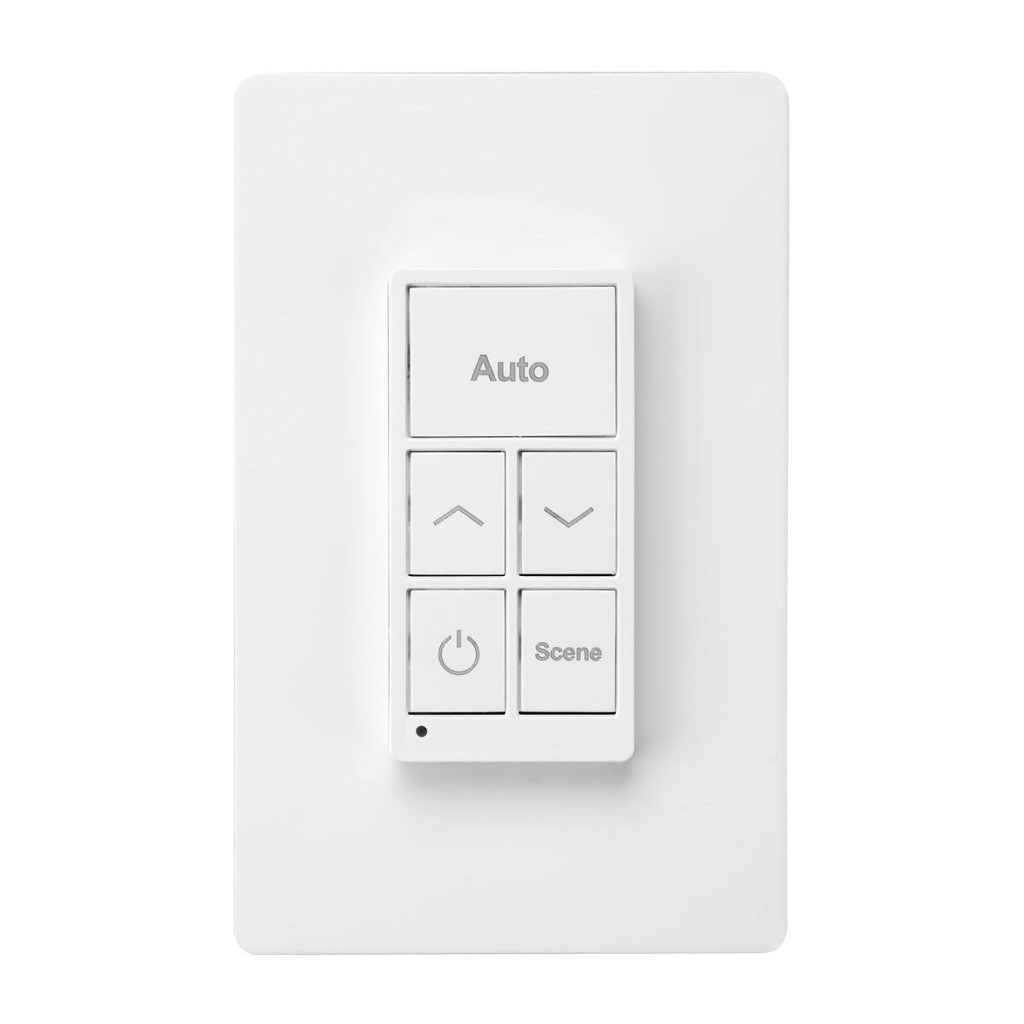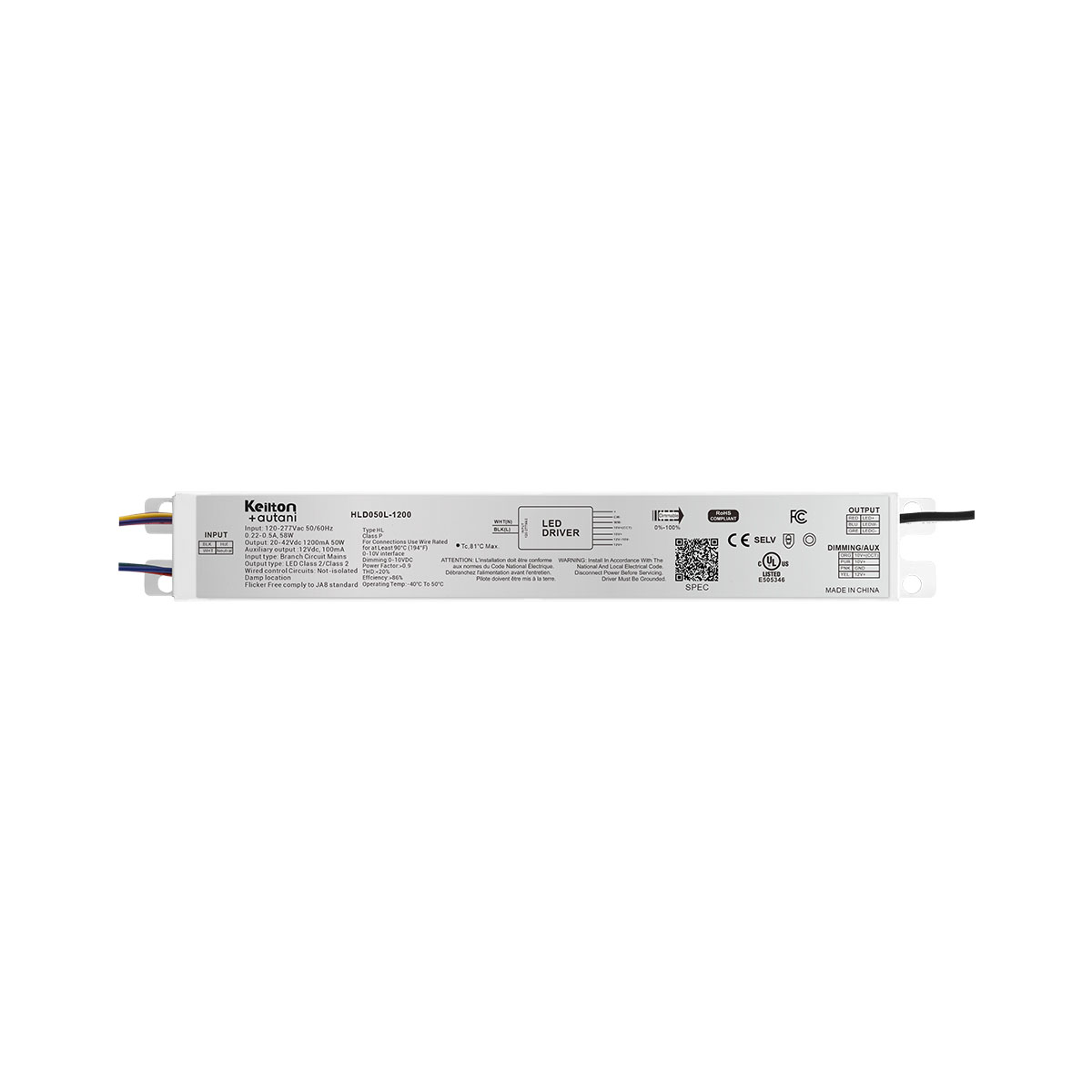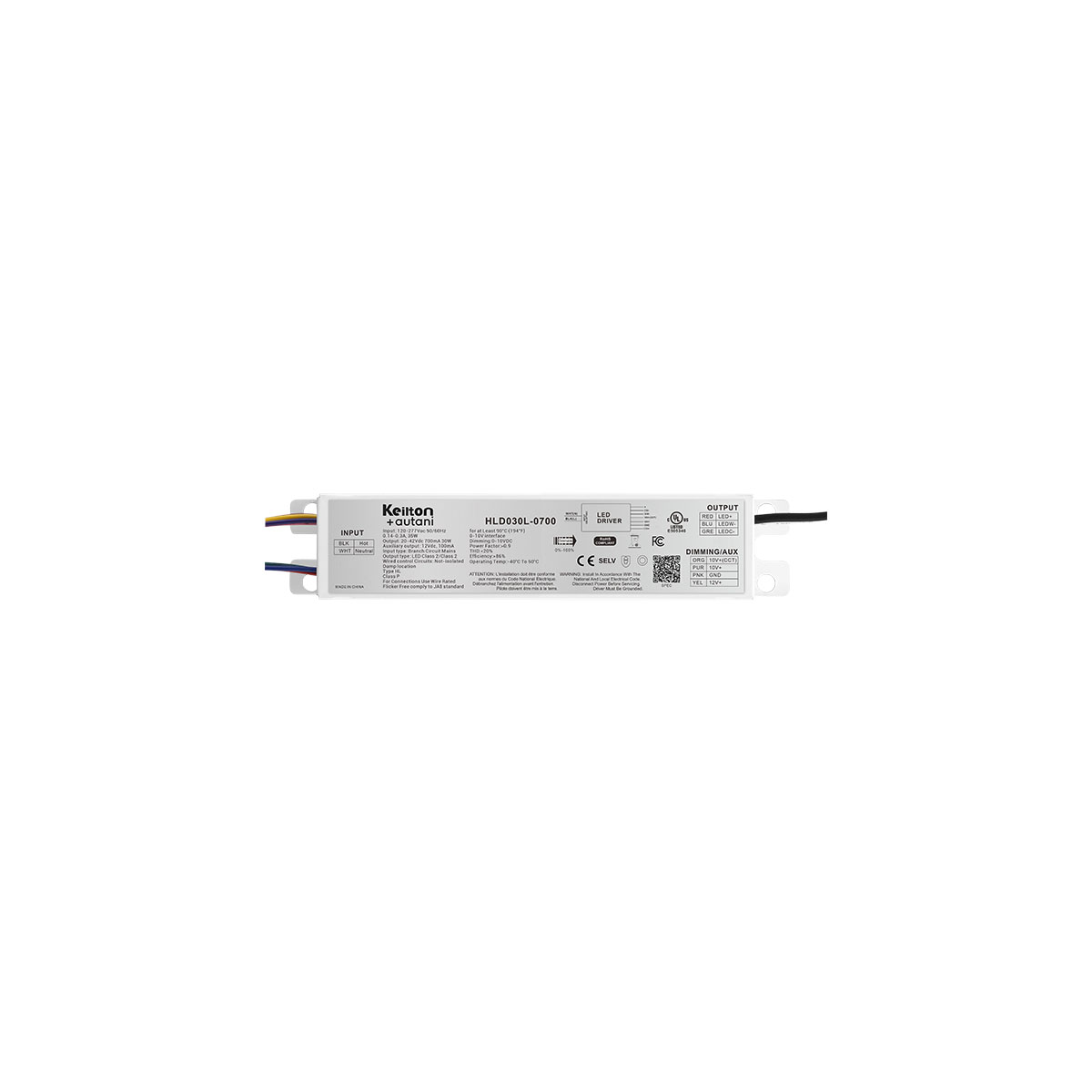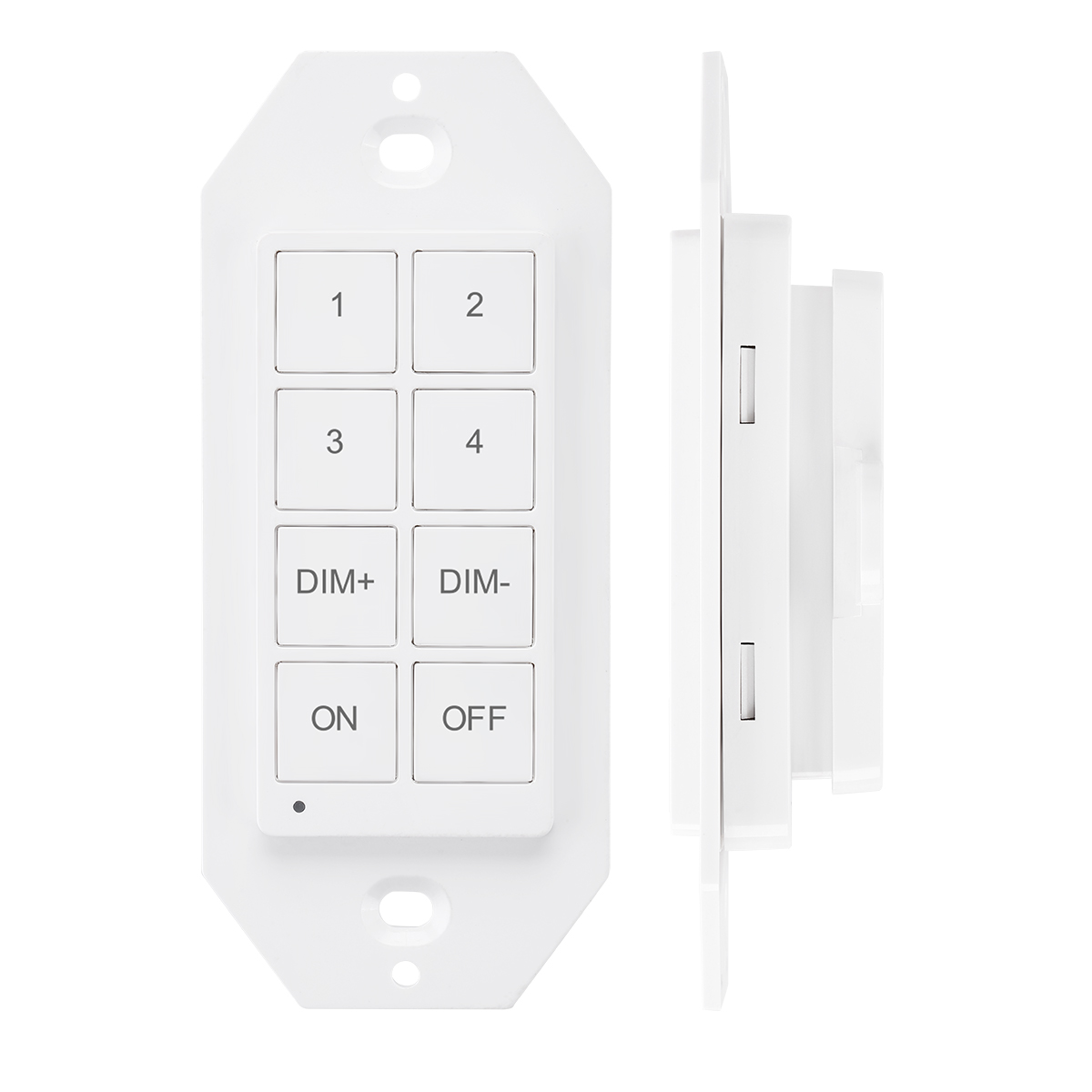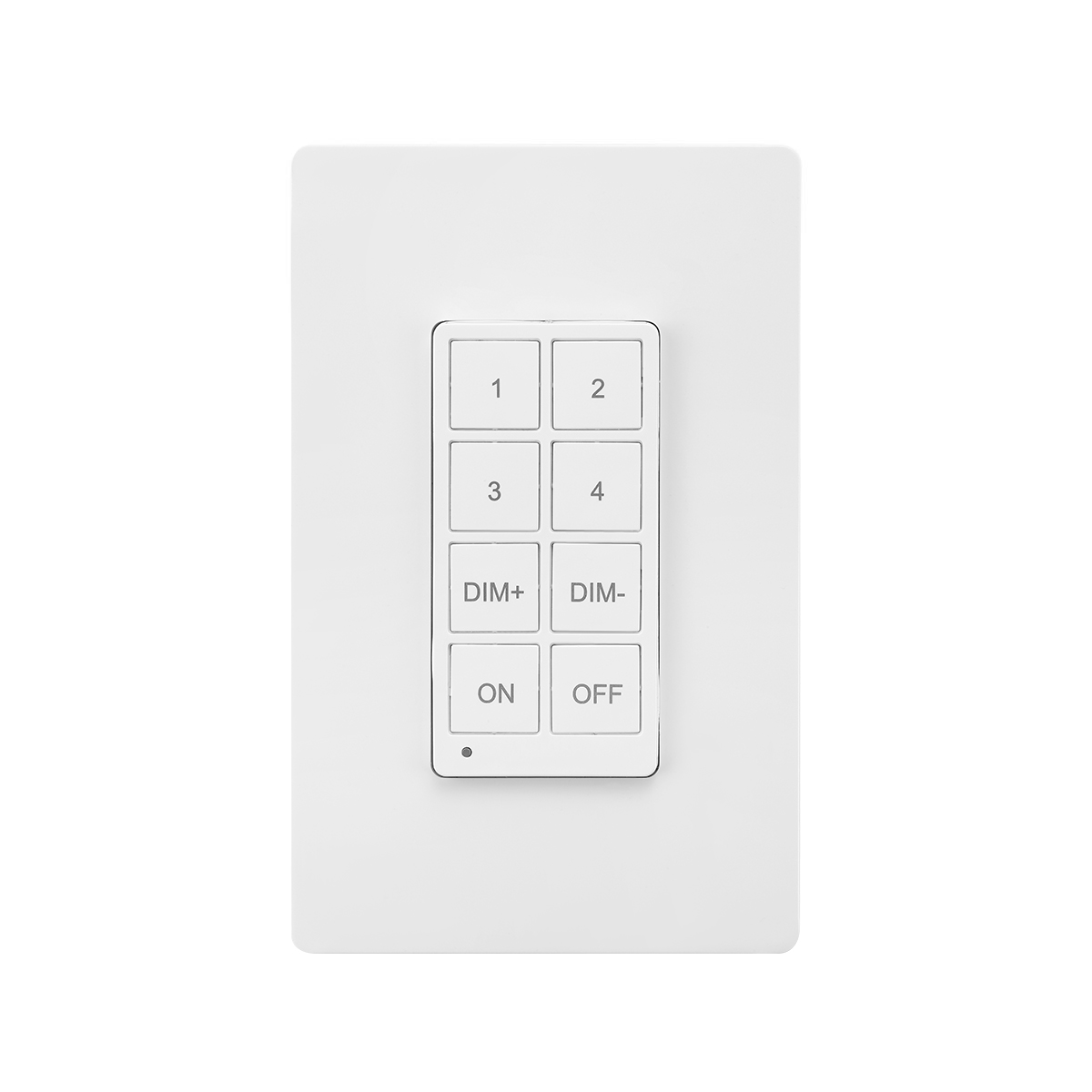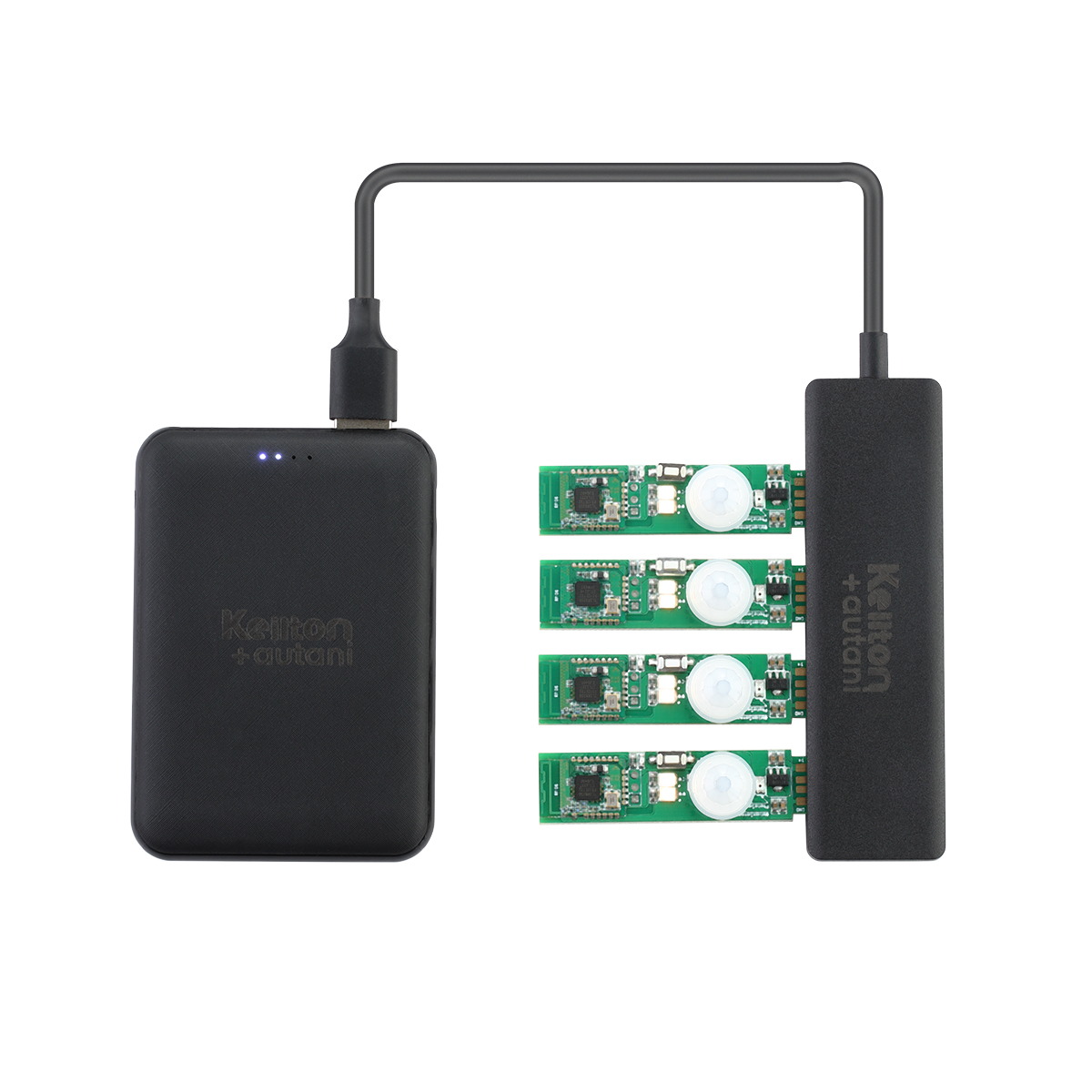Yes, the IWS102 or any Keilton+autani Bluetooth switch can provide ON/OFF control to any device that is plugged into the controlled portion of the WF20R receptacle. The steps to facilitate this are: When the ISW102 triggered, it will turn on the controlled receptacle of the WF20R and off after motion times out. User may also… Read more Can Keilton+autani Bluetooth switches such as IWS102 (wall switch occupancy sensor) operate devices plugged into the WF20R controlled receptacle?
FAQ Category: Hardware
How do I get the energy report file?
To collect energy consumption data and generate an energy report, you require a CR01 energy monitoring dongle. The CR01’s features are as follows: For more detailed information, please consult the CR01 Specification.Keilton+Energy+Monitoring+Instruction.pdf The CR01 records the energy consumption raw log for every device in the zone at 15-minute intervals. In a zone with 100 controllers,… Read more How do I get the energy report file?
Is LiteTrace a SIG-qualified Bluetooth Mesh?
LiteTrace uses a proprietary private Bluetooth mesh system. LiteTrace’s proprietary Bluetooth mesh networking protocol offers advanced features custom-designed to optimize performance for our products. These include ultra-low latency for time-critical device coordination and dynamic power management for battery-powered nodes. While proprietary, our mesh has an open API to enable third party devices and apps to… Read more Is LiteTrace a SIG-qualified Bluetooth Mesh?
Comparing Bluetooth Low Energy Versions BLE4.2 vs. BLE5.0
How do you find a Bluetooth sensor when not connected directly to a luminaire?
How do you disable the PIR/PC function to have lights stay on at 100%?
Select the MODE E and select a brightness. PIR and Photocell will at that point be disabled.
Can low-voltage Keilton devices be hot-swapped while energized?
It depends on the open voltage of the DC power supply. If the open voltage is 12VDC or less, hot swapping should be safe for the devices. However, some DC sources have higher open voltages above 12V (e.g. 36V, 48V). In that case, hot swapping can damage the sensors or exceed their voltage tolerance. To… Read more Can low-voltage Keilton devices be hot-swapped while energized?
Does the system retain settings during power loss?
Yes, the Keilton lighting control system retains all configuration settings and commissioning data even during complete power loss or electrical outages thanks to built-in non-volatile memory in the devices. This memory persists in the configured data whether the power disruption is from:*Temporary power outage*Circuit breaker reset*Device reboot/restart*Full disconnect from power When power is restored, the… Read more Does the system retain settings during power loss?
Why does RP0 shutdown when on portable USB battery
RP0 is a signal booster and it requires very little power consumption during when it is powered on, less than 20mA. Some power bank detects the output current and will shut the output off if output current is very small. That was what happened in this case. Please find a power bank that can keep… Read more Why does RP0 shutdown when on portable USB battery
What are the proper operating parameters of 12Vdc supply to Keilton DC sensors
Here are the key points on operating parameters for Keilton DC sensors: In summary, ripple voltage under 50mV is optimal but less than 200mV is generally acceptable. A smooth ripple waveform along with proper dimming performance, linear output, and no current feedback are also critical for reliable sensor operation. Thorough testing of any particular driver… Read more What are the proper operating parameters of 12Vdc supply to Keilton DC sensors
How many lights can be dimmed from one sensor?
* The maximum sinking current of LiteTrace’s luminaire-mounted sensors is 10mA. This limits the number of fixtures that can be wired to and dimmed from a single sensor. * To control a group of lights from one sensor, the FA102 or PPA102S Bluetooth nodes can be added to each individual fixture. * The FA102 requires… Read more How many lights can be dimmed from one sensor?
How can I reset a device to factory settings
Here are two methods to reset LiteTrace devices back to factory default settings: Using the App: * Go to the “Lights” page in the app * Tap the “-” symbol in the top right * Select the light(s) you want to reset by checking the circle at bottom right corner of Light Icon * Tap… Read more How can I reset a device to factory settings
What is the max mounting height and max sensor detection range for CS107D?
The CS107D is designed for ceiling heights of 8-10 feet. At 12-14 feet and above, detection performance will start to decline. The key factors are:*The sensor’s infrared technology is designed and calibrated for 8-10 foot ceiling height. This ensures accurate presence and vacancy sensing in typical applications.*At increased heights beyond 12-14 feet, the sensor’s field… Read more What is the max mounting height and max sensor detection range for CS107D?
How do you handle warranty issues?
Here is an overview of how we handle warranty issues for Keilton products:*Keilton provides a standard 5-year limited warranty on most products. See specific datasheets for warranty terms.*If a product fails during the warranty period, customers can initiate a claim by contacting Keilton Support and providing proof of purchase.*Our support team will first aim to… Read more How do you handle warranty issues?
Does LiteTrace perform full QC on each sensor before shipping?
Yes, Keilton sensors undergo functional testing at our factory before being packaged and shipped. Our quality control procedures include:*Individual testing of each produced sensor to verify proper operation*Calibration and validation of detection accuracy*Checks for physical defects*Confirmation of wireless connectivity and pairing*Simulation of real-world operating conditions Every sensor is put through this battery of tests to… Read more Does LiteTrace perform full QC on each sensor before shipping?
Are you able to remotely access a product to troubleshoot?
Not at this time. Remote connectivity for troubleshooting and support is on our roadmap, but has not been released yet. We understand the benefits of being able to remotely diagnose and resolve issues. This would allow support teams to efficiently assist customers without requiring an on-site visit. While remote access is not possible today, we… Read more Are you able to remotely access a product to troubleshoot?
Are your products rated for plenum installation?
Keilton products designed for ceiling cavity installation carry UL723 or ASTM E84 plenum certification and comply with relevant fire safety standards. *This rating means they are constructed from materials suitable for use in HVAC plenum spaces.*They have high flame spread and smoke development safety ratings. Check individual Keilton product datasheets for details on applicable plenum… Read more Are your products rated for plenum installation?
Does CS107D have “Vacancy Mode?” The sensor seems to always turn on lights when motion is detected.
Yes, the CS107D occupancy sensor can be configured to provide “Vacancy Mode” control: Here are the steps to set up Vacancy Mode with the CS107D: Commission lights, CS107D sensor, and wall switch to a Zone in the app.Group the lights into Group 1 (G1).Enable motion sensing for G1. Set appropriate T1, T2, and dimming levels.Bind… Read more Does CS107D have “Vacancy Mode?” The sensor seems to always turn on lights when motion is detected.
Do your sensors support “Occupancy Mode” or “Vacancy Mode” ?
Yes, Keilton’s sensors support both “Occupancy Mode” and “Vacancy Mode” for automatic lighting control. Here is an overview of how to configure each mode: Vacancy Mode:*Lights default to OFF when entering an area*User must press a switch to turn lights ON manually To enable:*Do not enable motion sensing*Use switches to control lights Occupancy Mode:*Lights turn… Read more Do your sensors support “Occupancy Mode” or “Vacancy Mode” ?
What gauge would be needed to ensure that a 500 ft run between the test button and the PPA109s module?
Here are some optimized recommendations for connecting a remote test button to PPA109S over long distances: For spans up to 500 feet between the test button and PPA109S, we suggest the following:*Use 14 AWG or 12 AWG wire for the button connection. The larger wire gauge minimizes voltage drop over long cable runs.*Install a dry… Read more What gauge would be needed to ensure that a 500 ft run between the test button and the PPA109s module?



